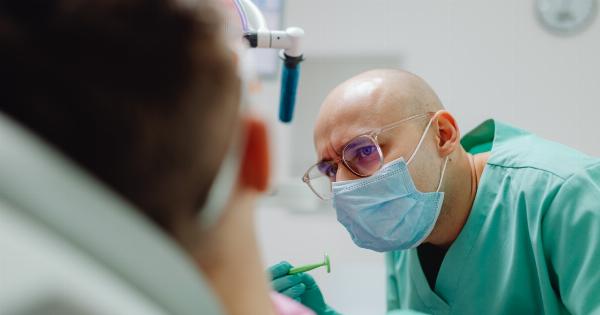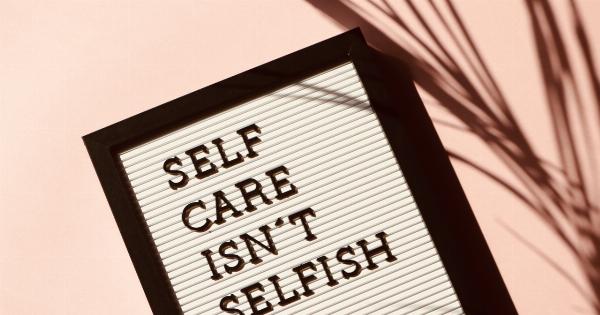Vaginal fibrillation, also known as vaginismus, is the involuntary contraction of the muscles surrounding the vaginal opening. This condition can make sexual intercourse and even inserting tampons painful or impossible.
Vaginal fibrillation can be caused by physical issues like infection or injury, or psychological issues like anxiety. The good news is, with the right strategies, vaginal fibrillation can be treated and overcome. Here are some strategies for combating vaginal fibrillation.
1. Seek Medical Evaluation
If you are experiencing vaginal fibrillation, the first thing you should do is see your gynecologist. They can perform a pelvic exam to determine if there is a physical cause for your condition, like an infection or injury.
Your gynecologist can also help you rule out any other underlying medical issues that could be causing your pain.
2. Practice Pelvic Floor Exercises
Pelvic floor exercises, also known as Kegels, involve contracting and relaxing the muscles of the pelvic floor.
These exercises can help strengthen the muscles around the vagina and improve blood flow to the area, which can lead to less pain during sexual intercourse. To do Kegels, simply contract your pelvic floor muscles as if you were trying to stop the flow of urine. Hold the contraction for a few seconds, then relax. Repeat several times a day.
3. Use Lubrication
Using a water-based lubricant during sexual intercourse or when inserting tampons can help prevent vaginal dryness and reduce friction, which can help alleviate pain associated with vaginal fibrillation.
Be sure to choose a lubricant that is free of irritants and is compatible with your body chemistry.
4. Explore Other Forms of Intimacy
If sexual intercourse is too painful or impossible due to vaginal fibrillation, there are other forms of intimacy you can explore with your partner.
This can include kissing, hugging, holding hands, and exploring each other’s bodies in non-sexual ways. This can help maintain intimacy and strengthen your emotional connection.
5. Try Therapy
Vaginal fibrillation can be caused by psychological issues like anxiety or past trauma. If you suspect this is the case, consider seeking therapy.
Therapy can help you address and work through these issues, which can lead to a reduction in vaginal pain and an improvement in your overall quality of life.
6. Consider Medications
If your vaginal fibrillation is caused by an underlying medical condition like endometriosis or vulvodynia, your doctor may prescribe medication to help alleviate your pain.
This can include over-the-counter pain relievers or prescription medications like muscle relaxants or antidepressants.
7. Practice Relaxation Techniques
Stress and anxiety can exacerbate vaginal fibrillation. Practicing relaxation techniques like deep breathing, meditation, or yoga can help reduce stress and promote relaxation, which can lead to a reduction in vaginal pain.
8. Communicate with Your Partner
It is important to communicate with your partner about your condition and how it is impacting your sex life. This can help prevent feelings of guilt, frustration, or inadequacy.
Your partner can also be a source of support and love as you work through your condition together.
9. Get Support
Living with vaginal fibrillation can be difficult and isolating. Consider joining a support group or online forum where you can connect with others who are going through similar experiences.
This can provide you with a sense of community, support, and understanding.
10. Be Patient
Recovery from vaginal fibrillation takes time and patience. It is important to be gentle with yourself and not rush the process. Celebrate small victories along the way and know that with the right strategies and support, recovery is possible.





























